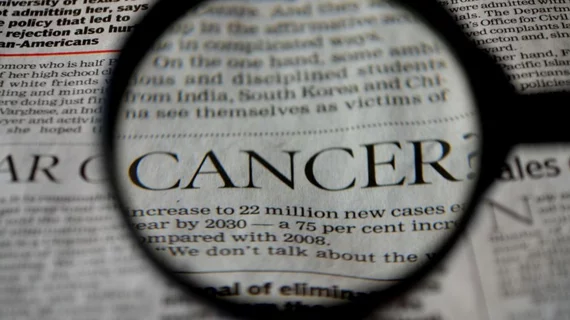Cancer-related deaths expected to top 1M by 2035
The American Association for Cancer Research (AACR) released its annual cancer progress report Wednesday, Sept. 12, revealing increasing cases despite progress made in diagnosing and treating various cancers.
“Over the past decade, we have made significant progress in how we understand and treat the complex group of diseases we call cancer,” the research read. “Nevertheless, our current knowledge of cancer-causing genetic, lifestyle, and environmental risks is incomplete, and ongoing research will continue to uncover additional cellular and molecular alterations that lead to cancer development.”
Below are key takeaways from the report:
Rising rates: By 2035, the number of new cancer cases in the U.S. is predicted to reach 2.4 million, climbing from 1.7 million in 2018— primarily due to an aging population. On a global scale, cancer cases are expected to reach 24 million by 2035.
U.S. cancer deaths are also expected to rise, jumping from 609,000 in 2018 to more than one million by 2035.
Disparities remain: The prostate cancer death rate is more than double for non-Hispanic black men compared to any other racial or ethnic group.
Black women are 75 percent more likely to be diagnosed with breast cancer at an advanced stage than non-Hispanic white women, with Hispanic women 69 percent more likely.
FDA drug approvals: The FDA approved 14 new therapeutics for treating certain cancers between Aug. 1, 2017, and July 31, 2018. Eleven previously approved anticancer therapeutics were approved to treat additional forms of cancer during that period.
Authors of the report praised Congress for putting the National Institutes of Health budget back on track toward annual growth, and argued the trend must continue if advances in fighting cancer are to accelerate.
“We are at a pivotal moment in cancer research, and the positive funding momentum gained over the past three years must continue,” according to the report. “By continuing to pursue an appropriations strategy that provides annual funding increases that are robust, sustained, and predictable…Congress can continue to help us transform cancer care, spur economic growth, and maintain our position as the global leader in science and medical research.”

